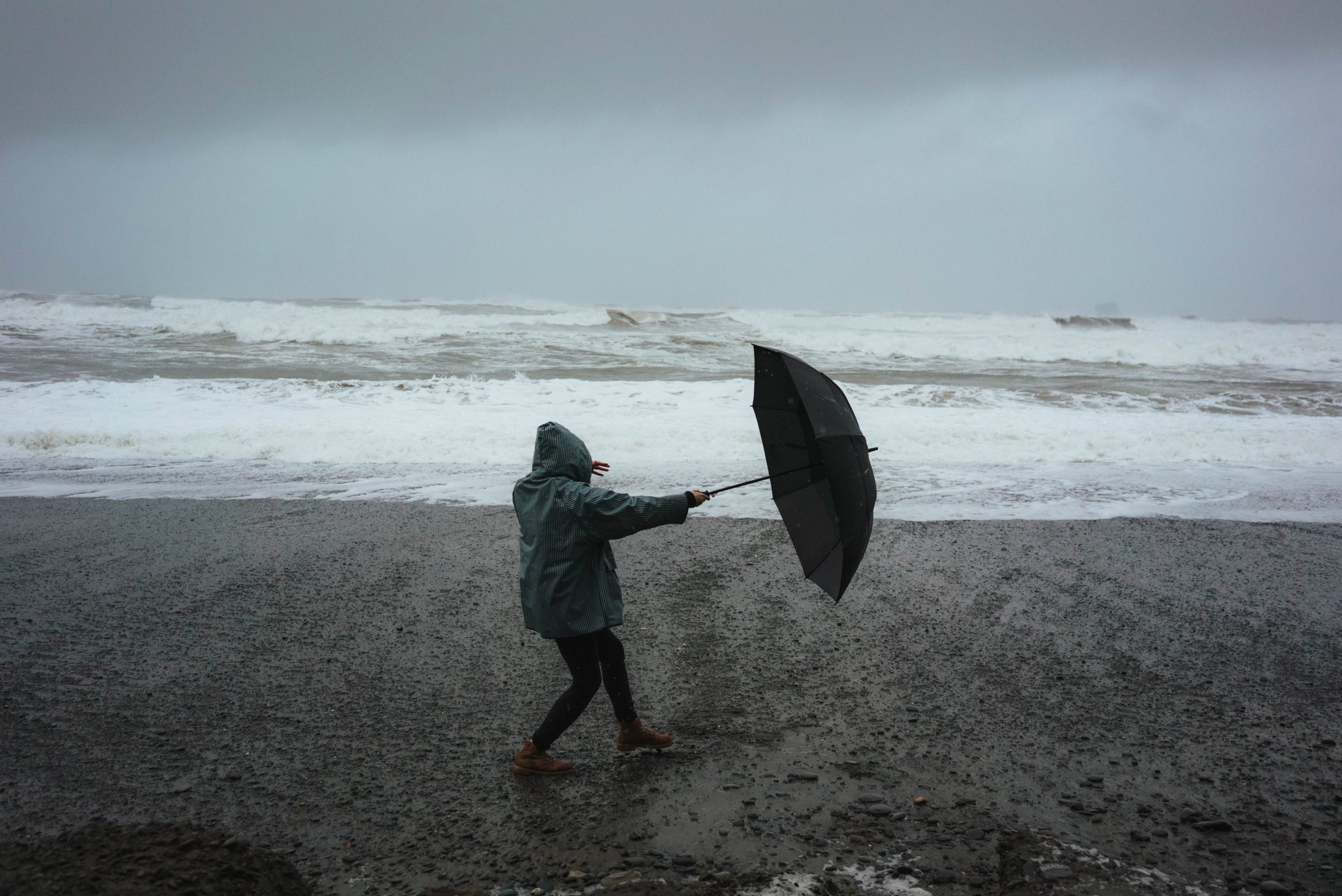
Estimated read time: 3 minutes
Following the UK’s tenth named storm in just five months, it’s about time we prepare for more.
An increase in the frequency of storms across the UK has been predicted by the Met Office.
Storm clusters - where multiple storms occur in the same area in quick succession - are also likely to become more frequent.
This could mean trouble for properties across the UK that aren’t equipped to deal with major weather events.
Landlords will need to know how to deal with storm damage - and better yet - prepare for them in advance.
The calm before the storms
Landlords should always try to get a good head start on storm preparations.
Regular inspections are recommended to monitor the condition of the property and record any potential damage.
This will help to catch any issues early, before they can cause further damage.
Things to look out for include; exposed pipes, loose guttering, damaged or missing roof tiles, and checking the seals around windows and doors.
Any issues known by the landlord should be fixed as soon as possible - otherwise liability for repairs could fall on them rather than insurance.
Preparing for high winds
Awareness of severe weather warnings is key.
The recent storm Isha (January 2024) saw wind speeds of up to 107 mph and left over 15,000 properties in Scotland without power.
When high wind warnings are in place landlords should consider fastening any loose items outside.
They should also check fence panels are secure, and ensure electrical items are stored correctly.
It is also worth checking for any low-hanging or loose tree branches bordering the property.
Preparing for flooding
It is wise to sign up for flood warnings for any property situated in an area susceptible to flooding.
Storm Henk reportedly flooded approximately 2,200 properties in January 2024.
If a rental property is affected by flooding then the landlord is legally responsible for certain repairs.
These include ensuring that utility supplies are in working order, repairing damages and ensuring that the property has sound structural integrity.
Ensuring tenants are given appropriate precautions will aid both parties in preventing damages.
These include; checking all pipes are in working order, ensuring guttering and drainage are up to standard, and providing sandbags when flood warnings are issued.
If a property has already been flooded, then it must be repaired and maintained correctly afterwards.
A water-damaged property is much more likely to experience mould which risks causing health issues for tenants.
The aftermath of the storms
If a property is affected by a storm or flooding it can be distressing for tenants and landlords without being prepared for the next steps.
Photographs of damaged property should be recorded with time stamps.
Landlords should contact their insurance provider as soon as possible once damage is identified in order to avoid a delayed claim.
Avoid repair works until insurance have responded as they may appoint specialists to assess the damage.
Landlords must make sure to show tenants where the fuse boxes and stopcocks are when tenancies begin.
If a property experiences flooding then tenants should immediately shut off the gas and electricity.
Electrics should be checked by an electrician before being turned back on and used after flooding, and a qualified professional must turn the gas supply back on.
Landlords should ensure to stay in contact with tenants during periods of storms and flooding to help maximise preparation and minimise worries for all parties.

